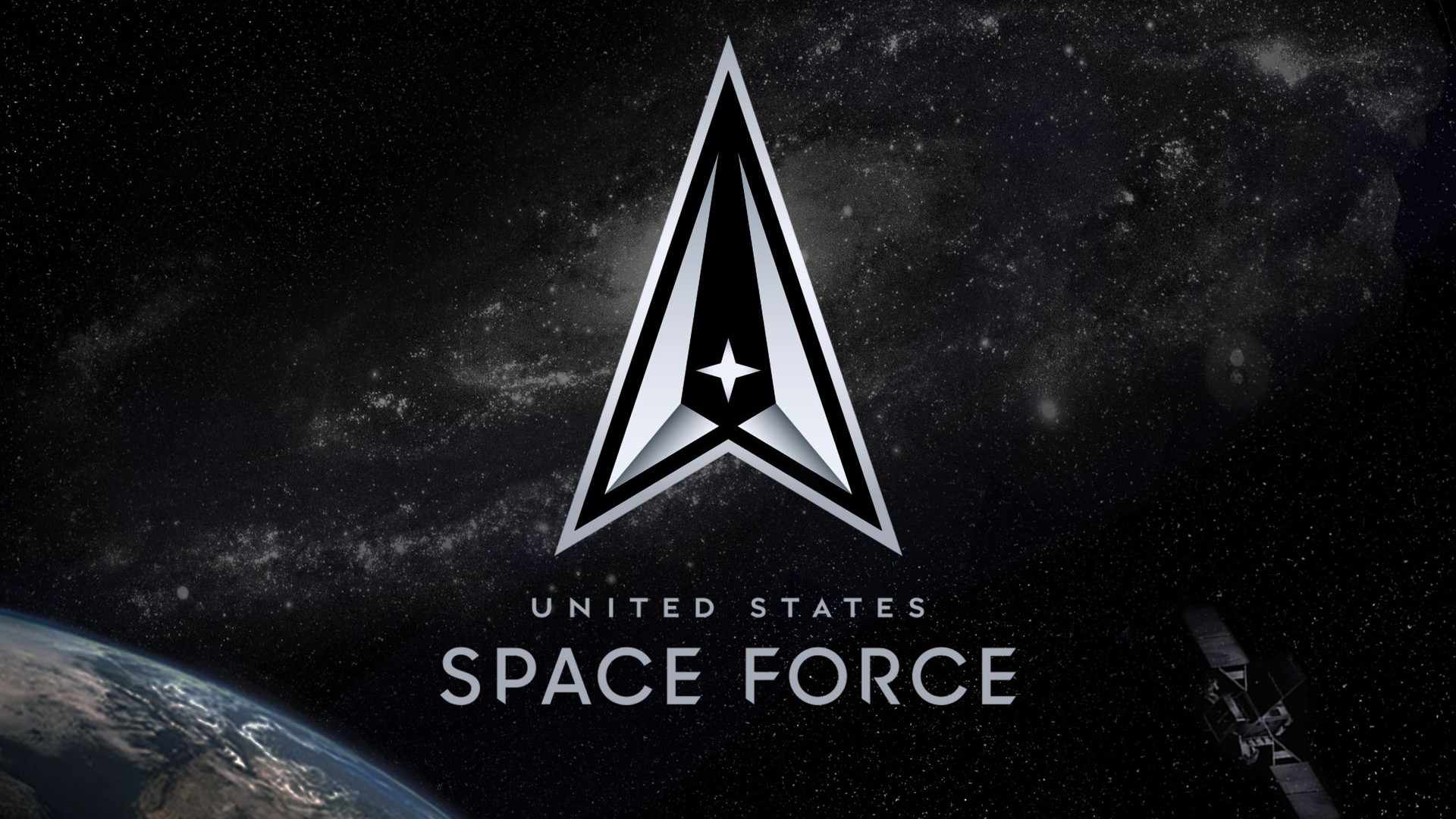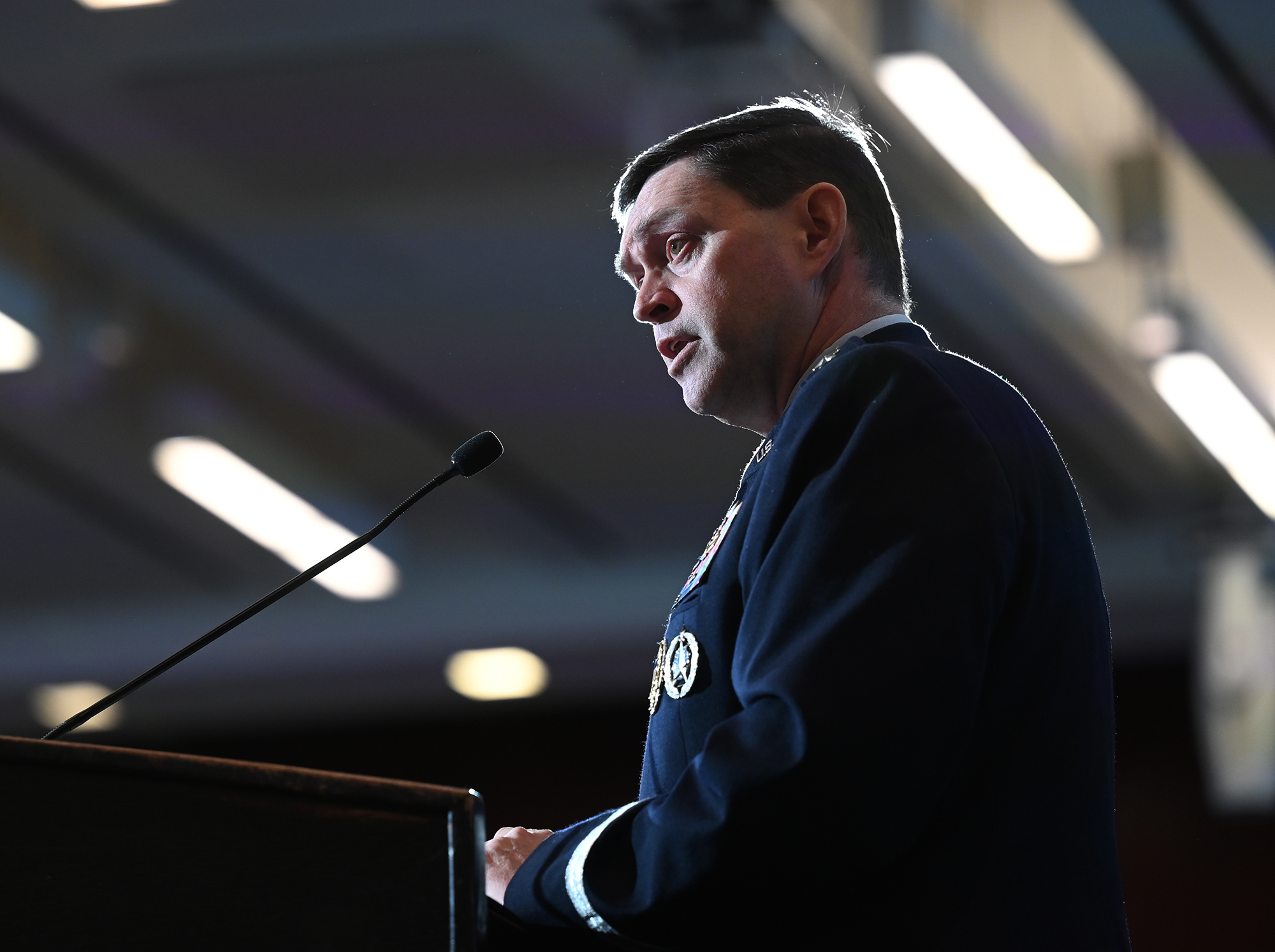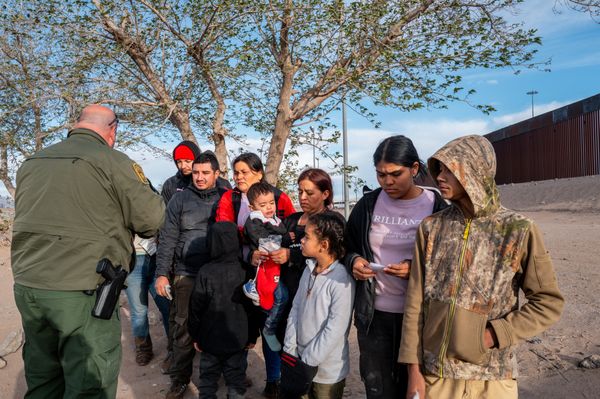
The U.S. Space Force celebrates its fifth anniversary today.
The service was formally established on Dec. 20, 2019, when President Donald Trump signed it into law with the National Defense Authorization Act, the bill that allocates U.S. military spending each year. Since then, the U.S. Space Force has grown to nearly 15,000 servicemembers and civilian personnel. In its fifth year, Space Force has overseen astronaut launches from its facility at Florida's Cape Canaveral Space Force Station and has even seen one of its own active Guardians, as Space Force members are known, launch into space.
From GPS navigation networks to weather forecasting, from broadband internet to early-warning missile detection systems, the U.S. (like many other nations) increasingly depends on space-based technologies for its way of life. Space Force's role in protecting and overseeing these technologies has evolved and grown over the last five years, and will likely continue to do so as it moves forward. But just what has Space Force accomplished in its first five years, and where will it go from here?
The 1st five years
When Space Force was established in 2019, the existing U.S. Air Force Space Command was inactivated and all of its space units were assigned to Space Force. From there, Space Force had to develop training materials, create new units dedicated to new types of missions, and even select new uniforms.
Related: What is the U.S. Space Force and what does it do?
To consolidate all of its missions under one command, the Space Force activated Space Operations Command at Peterson Air Force Base (now Peterson Space Force Base) in Colorado on Oct. 21, 2020.
Within two years, Space Force created Space Delta 1 at the base to serve as "America's epicenter of space power" and help support operations at dozens of locations worldwide, according to a Space Force statement.
Deltas are units with specific missions or functions, ranging from operations, facility support, or training. Space Launch Delta 45 at Cape Canaveral Space Force Station, for example, oversees all space launch operations from the U.S. East Coast.

With its basic organizational structure in place, Space Force, through the Air Force recruiting service, began the process of recruiting new Guardians in September 2020.
By December of that year, the service saw the first seven Guardians to enlist directly into the Space Force from basic training. "You will lay the foundation of a service that is innovative and can go fast in order to stay ahead of a significant and growing threat, and you, if deterrence fails, will fight and win the battle for space superiority which is so vital to our nation," then-Chief of Space Operations Gen. John "Jay" Raymond said at the enlistment ceremony.
In 2021, Space Force debuted its first official uniforms after getting its official flag and somewhat 'Star-Trek'-looking emblem.
By 2022, with its logistical and organizational structures in place, the service was already looking ahead to when it might be called upon to fight actual wars in space. Space Force began creating units dedicated to tracking threats in orbit or targeting adversarial nations' satellites.
Within just a few years, Space Force had its own large-scale training exercises and counterspace weaponry aimed solely at protecting American spacecraft or disrupting other nations' satellites in the event of a conflict.
To highlight this new focus, the service unveiled a lean new mission statement in September 2023 consisting of just nine brief words: "Secure our Nation's interests in, from, and to space."
Space Force reaches space
The first launch overseen by the U.S. Space Force took place in March 2020 when a United Launch Alliance (ULA) Atlas V rocket launched an advanced communications satellite on behalf of the service. The satellite was designed to provide jam-proof high-speed communications between U.S. government leadership and deployed military forces.
In 2024, Space Force notched a huge milestone when it oversaw its first-ever astronaut launch. On June 5, 2024, an Atlas V took off from Cape Canaveral Space Force Station carrying NASA astronauts Barry "Butch" Wilmore and Suni Williams aboard Boeing's Starliner spacecraft, headed for the International Space Station.
Three months later, Space Force took another huge step into the final frontier when it sent its first active Guardian, NASA astronaut and U.S. Space Force colonel Nick Hague, on the SpaceX Crew-9 mission to the ISS.
Hague's launch was notable not only because he was the first active Guardian, but because his launch took place from Space Force's own launch facility, Cape Canaveral Space Force Station. For Hague, being chosen for the mission was an honor.
"It's an honor for me to be able to represent all those Guardians that are around the globe that do all those things behind the scenes that make human spaceflight possible, whether that's launching us into space or it's protecting us while we're out there, by watching the skies and making sure things don't run into us," Hague told Space.com prior to launch.

From a piece of legislation to launching its own personnel from its own launch site, Space Force set a brisk pace in its first five years.
The service's current Chief of Space Operations, Gen. Chance Saltzman, highlighted the rapid growth of Space Force in remarks given at the Center for Strategic and International Studies' (CSIS) "Celebrating the U.S. Space Force and Charting Its Future" event in Washington, D.C., on Dec. 17.
"On average, we have tripled in size every year for the last five years in personnel, an astounding growth rate for any government organization," Saltzman said. "We have reimagined operations, redefined policies [and] reworked processes from the ground up to forge a service purpose-built for great power competition.
"All of this in just five years."

Where does Space Force go from here?
With five historic years under its belt, Space Force now looks forward to notching more milestones in the future. As always, with the U.S. military, many of the service's future plans are dictated by its budget. "Resources are going to dictate how far we can get over how much we can get accomplished in the next 12 months," Saltzman said at the CSIS event.
However, Saltzman outlined several high priorities for Space Force, including increasing its ability to support rapid launch timelines, developing and deploying new counterspace weapons, and creating Space Futures Command, a new field command that will "ensure competitiveness over time" through forecasting emerging technological developments and planning ways to leverage those for new capabilities and missions.
But above all, Saltzman stressed that the service has already accomplished a great deal and that Space Force has already proven itself capable of defending the United States' assets in space.
"Today, against all odds, I’m proud to say without question that Guardians are the preeminent space warfighters, armed and ready to protect and defend the future of our nation," Saltzman said.







